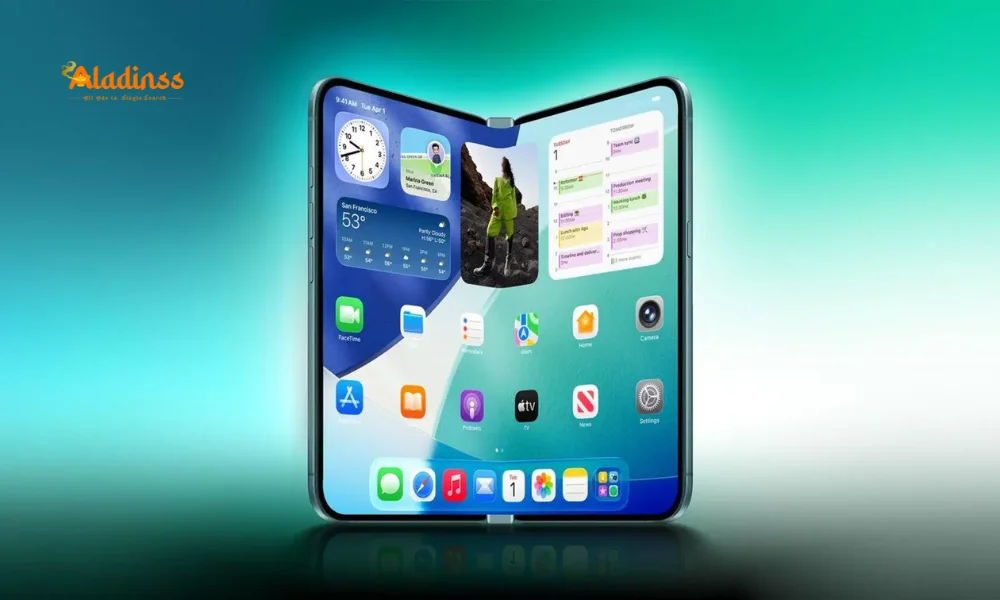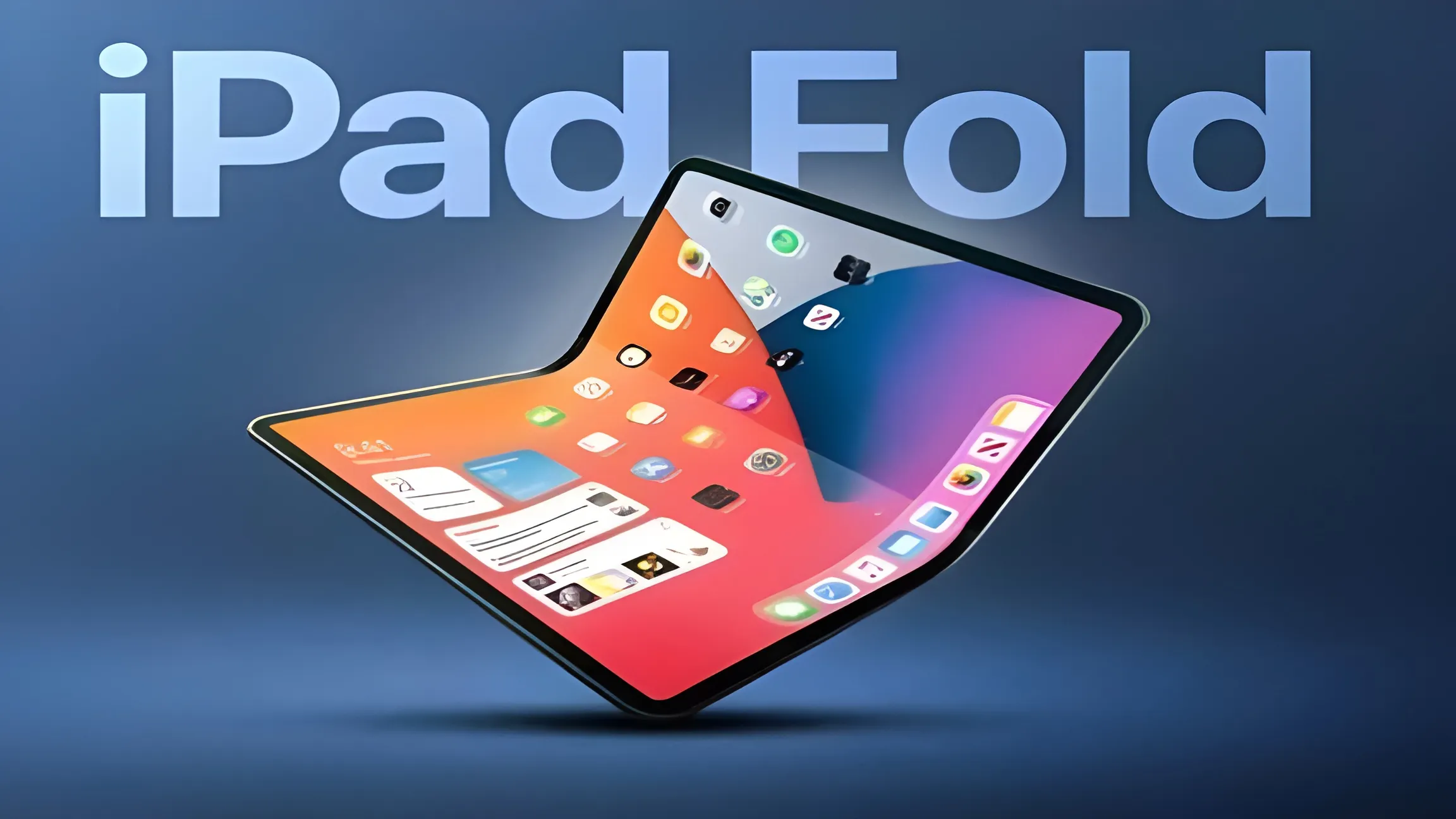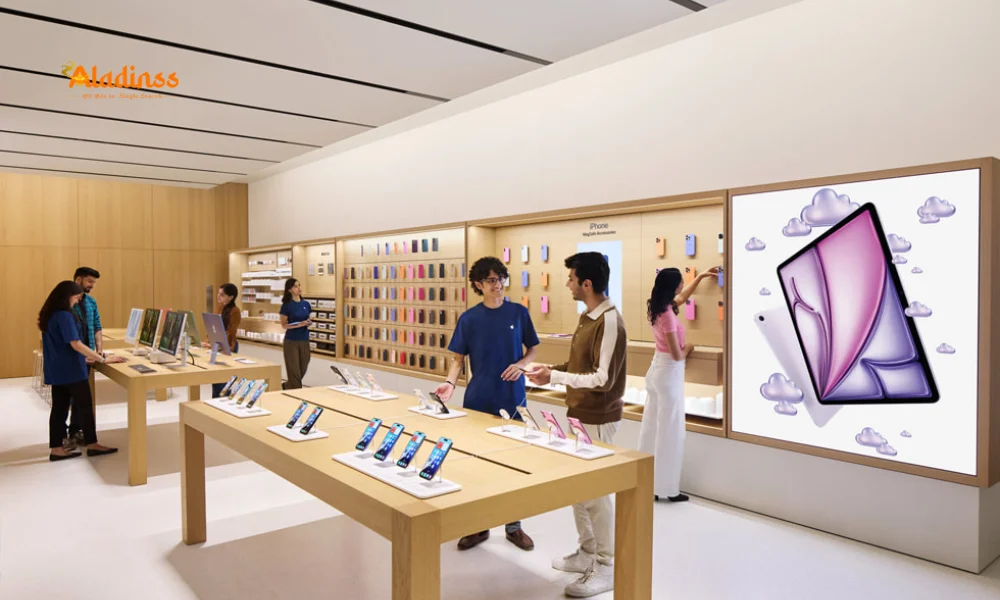Apple’s Foldable iPad Delayed to 2029: Shocking Price Revealed!

Apple's Foldable iPad Faces Delays, Targets 2029 Launch
Apple’s highly anticipated foldable iPad, a groundbreaking addition to its tablet lineup, is reportedly facing significant development challenges, pushing its expected release to 2029 or beyond. According to industry insiders, the Cupertino tech giant is collaborating with Samsung Display to craft an innovative 18-inch foldable panel designed to minimize the visible crease commonly seen in foldable screens. This ambitious project aims to blend the portability of an iPad with the functionality of a MacBook, but hurdles in weight, hardware, and display technology are causing delays.
The foldable iPad, codenamed J312, is envisioned as a premium device that could redefine the tablet market. When closed, it resembles a sleek Mac laptop with an aluminum enclosure, and when unfolded, it offers a display size comparable to a 13-inch MacBook Air. However, the complexity of engineering an 18-inch foldable iPad has led to setbacks, with prototypes currently weighing around 3.5 pounds—significantly heavier than existing iPad models.

Engineering Challenges Push Back Foldable iPad Launch
The development of Apple’s foldable iPad is proving to be a complex endeavor. Reports indicate that the company is grappling with challenges related to the device’s weight, hardware features, and advanced display technology. Current prototypes of the foldable iPad weigh approximately 3.5 pounds (1.59 kg), which is comparable to a MacBook Pro but significantly heavier than existing iPad models, which range between 1 and 1.3 pounds. This added weight poses a challenge for Apple, which prides itself on creating lightweight, portable devices.
Apple is working closely with Samsung Display to develop a cutting-edge 18-inch OLED panel that reduces the crease typically associated with foldable displays. The goal is to deliver a seamless, vibrant viewing experience that aligns with Apple’s reputation for high-quality screens. However, achieving this level of innovation while maintaining a slim and lightweight design is proving difficult. Engineers are reportedly focused on balancing durability, portability, and performance to meet consumer expectations.
The foldable iPad’s design is unique in that it lacks an external display, resembling a Mac laptop when closed. When opened, the device transforms into a tablet with a display size comparable to a 13-inch laptop, making it a versatile option for professionals and creatives. Despite these innovative features, the complexity of the project has led to a projected launch delay from 2028 to 2029 or later.
Premium Price Tag Reflects Advanced Technology
The foldable iPad is expected to carry a hefty price tag of around $3,000 (approximately Rs. 2,63,000), nearly three times the cost of the current 13-inch iPad Pro. This premium pricing reflects the advanced technology and engineering required to bring this innovative device to market. The use of OLED technology, known for its vibrant colors and thin profile, is a key factor in the elevated cost. Additionally, the collaboration with Samsung Display to create a crease-minimizing panel adds to the production expenses.
Compared to competitors like Huawei’s MateBook Fold, an 18-inch foldable tablet priced at around $3,400 (approximately Rs. 2,90,000), Apple’s foldable iPad is positioned as a premium yet competitive option in the foldable device market. Huawei’s tablet, which weighs about a pound less than Apple’s prototypes, highlights the challenge Apple faces in reducing the weight of its device while maintaining its premium build quality.
Apple’s Broader Foldable Device Strategy
While the foldable iPad faces delays, Apple is moving forward with its first foldable iPhone, expected to debut in 2026. This device is anticipated to incorporate similar crease-reducing display technology, showcasing Apple’s commitment to advancing foldable screen innovation. The foldable iPhone is expected to position Apple as a strong contender in the growing foldable device market, competing with brands like Samsung and Huawei.
In addition to its foldable devices, Apple is refreshing its iPad lineup to address slowing demand as more consumers opt for Macs. New models, including an iPad Air with an M4 chip and an entry-level iPad with an A18 processor, are expected to launch in early 2026. These updates aim to keep Apple’s tablet offerings competitive in a rapidly evolving market.
Apple’s broader product roadmap also includes innovative devices like smart glasses and a tabletop robot, signaling the company’s ambition to explore new categories. The launch of the ultra-slim iPhone Air earlier this year demonstrates Apple’s focus on sleek, cutting-edge designs that appeal to modern consumers.
Market Implications and Consumer Expectations
The delay in the foldable iPad launch highlights the challenges of bringing cutting-edge technology to market while maintaining Apple’s high standards for design and performance. As consumer interest in foldable devices grows, Apple’s entry into this space could reshape the tablet and laptop markets. The foldable iPad’s ability to combine the portability of a tablet with the functionality of a laptop could appeal to professionals, students, and creatives seeking versatile devices.
However, the premium price tag and weight concerns may pose challenges in capturing a broad audience. Apple will need to address these issues to ensure the foldable iPad meets consumer expectations for portability and value. With competitors like Huawei already offering large foldable tablets, Apple faces pressure to deliver a device that stands out in terms of design, performance, and innovation.
As Apple continues to refine its foldable iPad, the company’s ability to overcome engineering challenges will be critical to its success. The anticipated 2029 launch provides Apple with additional time to perfect the device, ensuring it meets the high expectations of its loyal customer base. With its innovative design and advanced technology, the foldable iPad has the potential to redefine the tablet experience and solidify Apple’s position as a leader in the tech industry.
Comment / Reply From
No comments yet. Be the first to comment!







